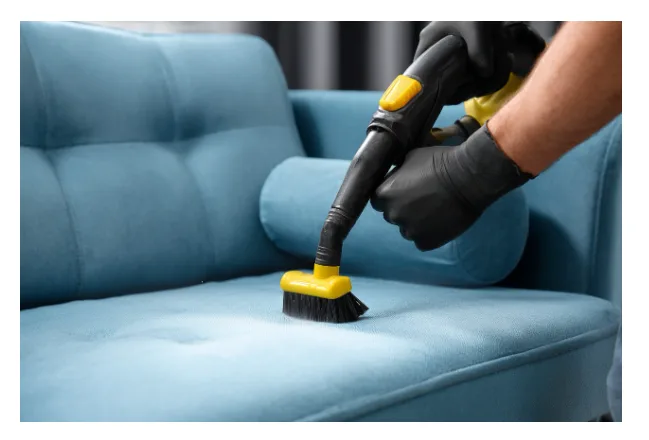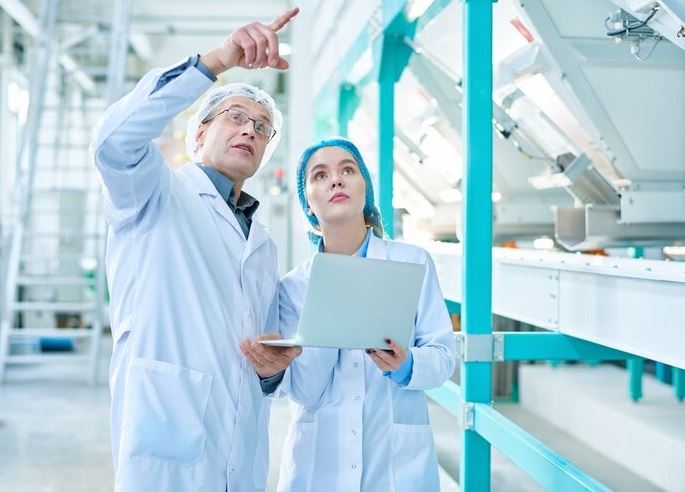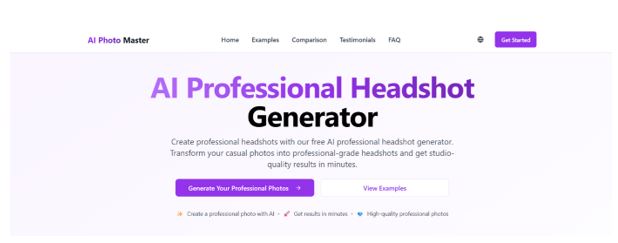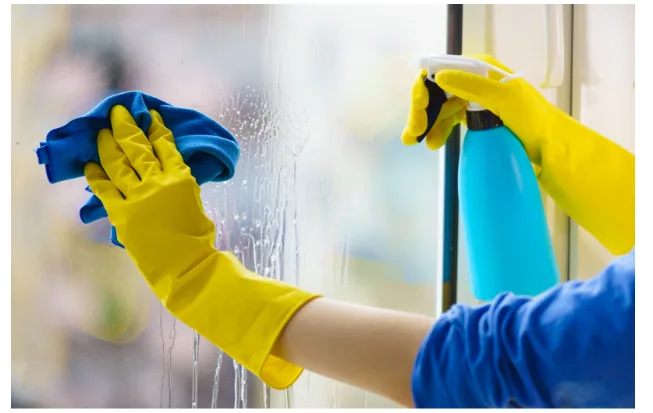The Role of Machine Learning in Automated Visual Inspection
For decades, Automated Visual Inspection (AVI) systems have served as the tireless “eyes” on the manufacturing line. Using high-speed cameras and rule-based software, they have been a significant step up from the subjective, fatigue-prone human eye. But these traditional systems, while fast, were never truly “smart.” They were rigid, “dumb” automatons that could only find the exact flaws they were programmed to look for.
This old model was brittle. A change in lighting, a slight shift in a part’s angle, or a harmless texture variation could send a traditional system into a tailspin, triggering a flood of false positives. Conversely, a new, unexpected defect type would pass by completely undetected.
Enter Machine Learning (ML).
Machine Learning, specifically a subfield called deep learning, is not just an upgrade to AVI; it is a fundamental re-imagining of its purpose. It provides the “brain” for the camera’s “eye.” It shifts the entire paradigm from “programming” to “training,” transforming AVI from a simple pass/fail checkpoint into an intelligent, adaptive, and data-driven engine for quality.
Partners like Opsio Cloud are leveraging ML to create Automated Visual Inspection Services that don’t just find defects—they learn, predict, and optimize.
From Rigid Rules to Intelligent “Training”
The core role of machine learning in AVI is the replacement of “if-then” logic with an “experience-based” model.
- Traditional (Rule-Based) AVI: An engineer must manually write code for every possible defect. For example: “IF pixels in box [X,Y] are darker than 50% grey, THEN fail.” This is painstaking, inflexible, and can’t handle ambiguity. It can’t inspect wood grain, fabric, or complex surfaces because it’s impossible to define “good” with simple rules.
- Machine Learning (Training-Based) AVI: You don’t program rules. You train the model. You feed the ML algorithm (typically a neural network) thousands of labeled images: “This is a good part,” “This is a good part with a normal variation,” “This is a scratch,” “This is a misprint.”
The ML model learns on its own to identify the complex patterns, pixels, and textures that differentiate a “good” product from a “bad” one. It learns the concept of a defect, just as a human apprentice would.
The Power of Handling Variation and Ambiguity
This “training” model is where ML’s true power is unlocked. Its primary role is to handle the ambiguity and natural variation that paralyzes traditional systems.
A human inspector can instantly tell the difference between a harmless shadow, a superficial smudge, and a critical hairline fracture. A rule-based system cannot. A machine learning model, however, can.
By being trained on thousands of examples, the ML model learns what “acceptable” variation looks like. This has a massive financial impact:
- Drastic Reduction in False Positives: The system stops rejecting good parts that have minor, harmless variations. This directly reduces scrap, saves money, and increases First Pass Yield (FPY).
- Ability to Inspect “Un-inspectable” Products: Manufacturers of products with natural variations (like wood, leather, or textiles) or complex, non-uniform surfaces can finally automate their quality control. The ML model can be trained to spot a “tear” in fabric while ignoring the normal, expected variations in the weave.
Finding the “Unknown”: Anomaly Detection
One of machine learning’s most advanced roles is anomaly detection. Sometimes, a new, critical defect appears on the line—one that has never been seen before and wasn’t part of the initial training data.
A rule-based system would miss it completely. A “supervised” ML model might also miss it if it’s too different from what it was trained on.
But an “unsupervised” ML model can be trained on only good parts. It builds an incredibly precise mathematical understanding of what a “perfect” product looks like. When a part passes by that deviates from this “perfect” model in any way—even a way it’s never seen before—it flags it as an “anomaly.” This allows the system to catch brand-new, unpredictable defects, providing an invaluable safety net.
The AI “Brain”: Deep Learning (CNNs)
When we talk about machine learning in modern Automated Visual Inspection, we are almost always talking about Deep Learning. Specifically, a type of deep neural network called a Convolutional Neural Network (CNN).
CNNs are the “brains” of the operation. Their architecture is inspired by the human brain’s visual cortex. They are purpose-built to “see” and “understand” images. The role of the CNN is to automatically perform feature extraction.
In a traditional system, an engineer had to guess at what “features” mattered (e.g., edges, corners, color). A CNN figures this out for itself. It learns that to find a scratch, it needs to look for certain types of lines, but to find a misprint, it needs to look at color patterns. This ability to self-learn the most relevant features is what gives ML-powered AVI its superhuman accuracy.
The Role of the Cloud: Scaling the Intelligence
These powerful ML models are not without requirements. They are computationally intensive and hungry for data. This is where the cloud plays an essential, symbiotic role.
A cloud-native partner like Opsio Cloud is critical for making ML-powered AVI practical and scalable.
- Training: Training a deep learning model requires immense processing power (specialized GPUs). Doing this on a local factory PC is slow and cost-prohibitive. The cloud provides on-demand, scalable access to this power, allowing models to be trained and retrained quickly.
- Centralized Intelligence: With a cloud-based platform, you can train one master AI model and deploy it to 20 different lines across three different continents. When you improve the model, you deploy the update, and every single inspection point gets “smarter” instantly.
- Data Management: ML models are only as good as their data. The cloud provides a central, secure, and infinitely scalable “data lake” to store the millions of images needed for training, auditing, and re-training.
Conclusion: From “Defect Finder” to “Process Optimizer”
The role of machine learning in Automated Visual Inspection is to fundamentally change its job.
Without ML, AVI is a “dumb” tool that just finds defects. It’s a reactive cost center.
With ML, AVI becomes an “intelligent” system that understands defects. It doesn’t just “pass” or “fail”; it classifies (“Type 3 scratch,” “0.5mm misalignment”). This classified data is the real gold. It feeds back into your manufacturing systems to pinpoint a root cause—like a failing machine bearing or a miscalibrated robotic arm.
This is how Automated Visual Inspection Services evolve. They stop being just a quality control tool and become a core part of your quality assurance and process optimization strategy. It’s the enabling technology that turns a simple camera into the all-seeing, all-knowing eye of the truly Smart Factory.





